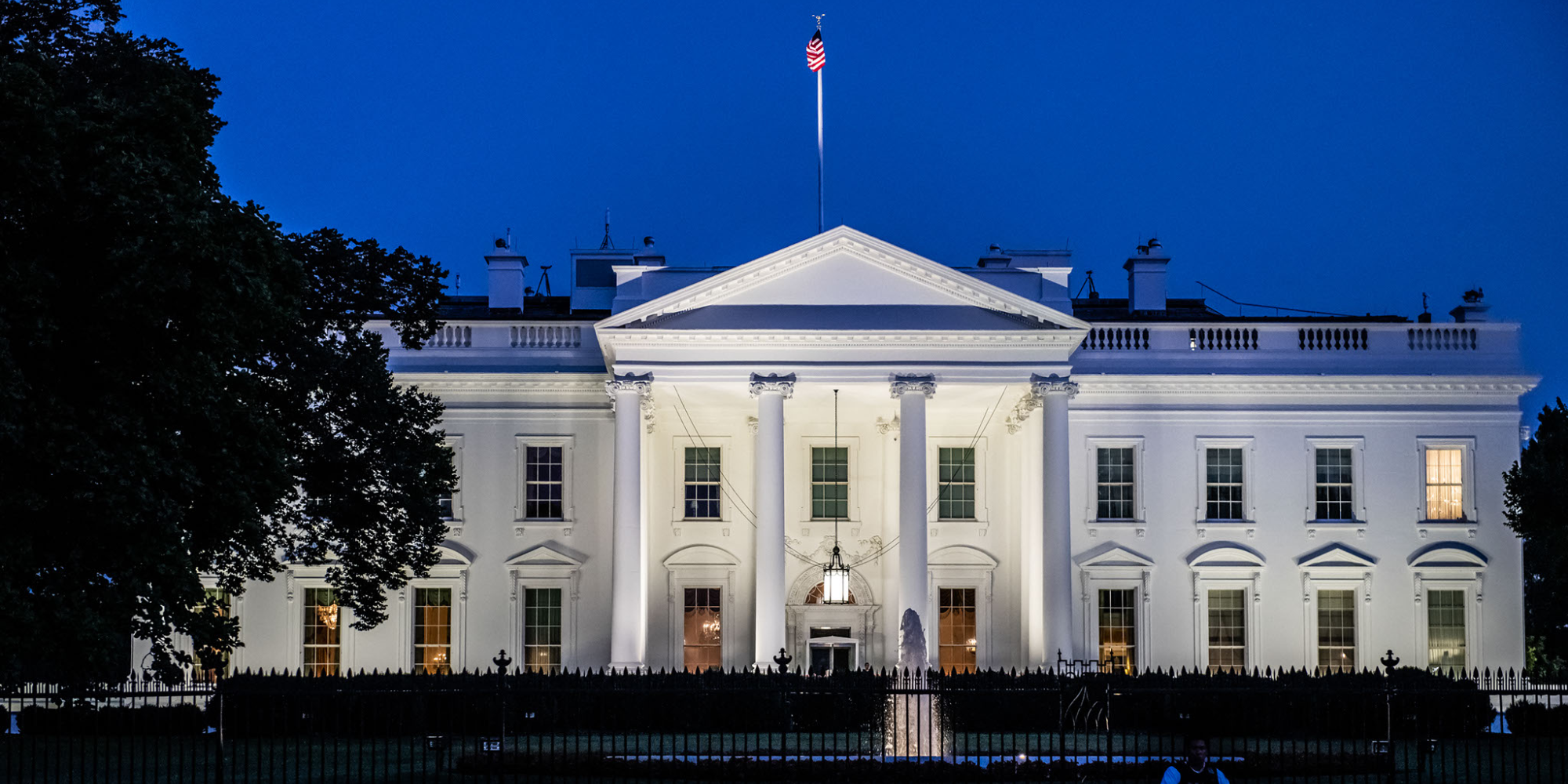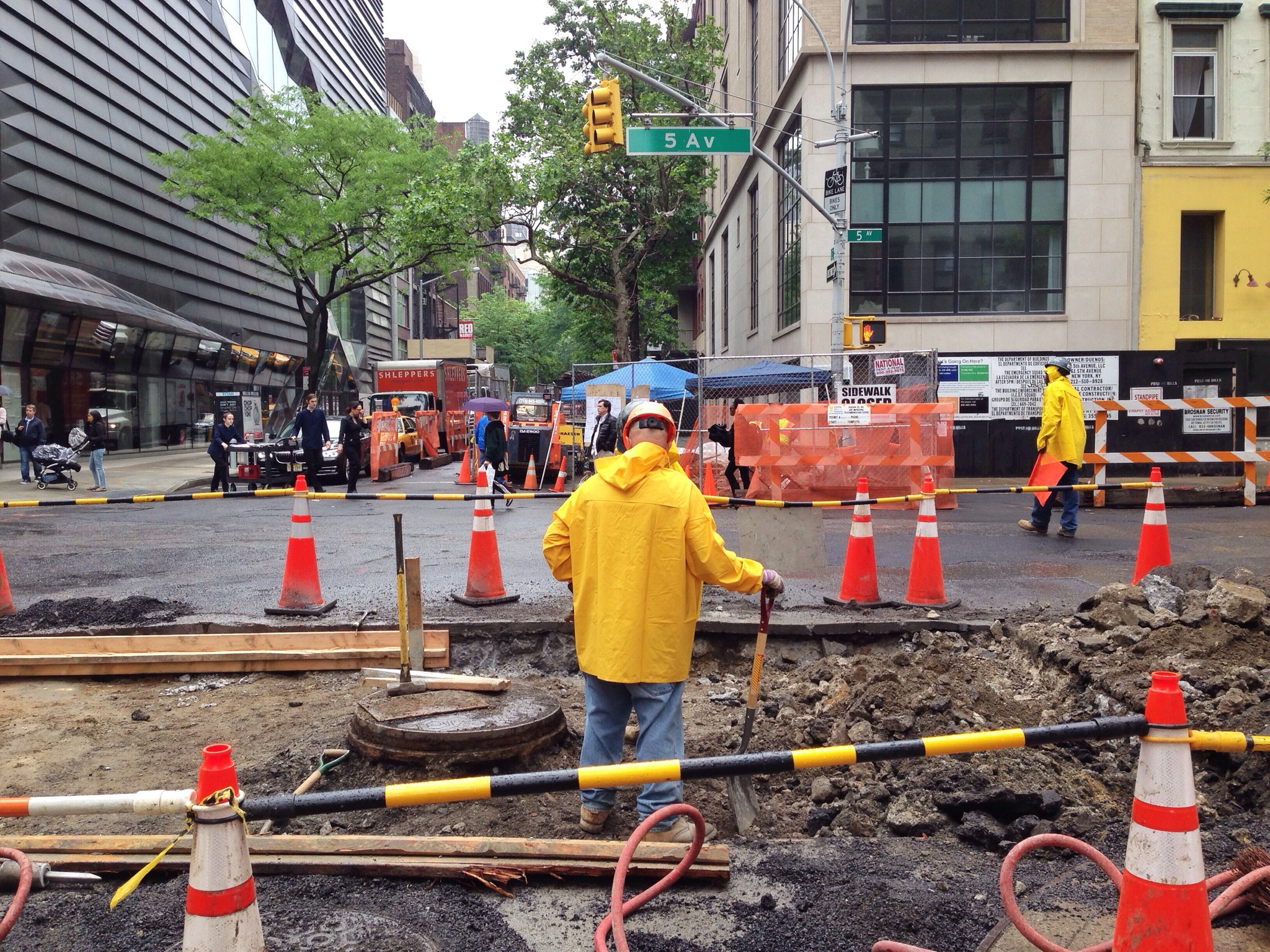Cities, towns and villages across the country are facing a crisis in housing and homelessness. Housing instability is increasingly recognized as one of the biggest barriers to economic prosperity for American families. Due to stagnant wages, rising real estate prices, strict lending standards and regulatory obstacles, housing has become an outsized cost for more and more families and individuals. For those who lose their housing – as a result of foreclosure, eviction, family emergency, health crisis, or countless other threats to housing stability – records of that loss will follow them for years and, unfortunately, put recovery out of reach for many. The housing crisis is driving homelessness to levels that are overwhelming local governments and service providers working at the intersection of mental health, substances use disorder and homelessness. Congress must prioritize making housing more affordable and accessible – because a safe and stable home is the first step to a safe and stable life.
Legislation and Regulation
Resources
The Eviction Prevention Cohort Report
The National League of Cities and Stanford Legal Design Lab worked with five cities as part of the inaugural Eviction Prevention Cohort during the global public health crisis and COVID-19 pandemic. The Cohort aimed to consider the long-term impacts of mass evictions — particularly on low-income and BIPOC households — and to design, implement, and institutionalize effective policies and programs to combat the eviction crisis at its root. This report details those efforts and the progress achieved by the five city teams that comprised the pilot Cohort.
Housing Hazards and Health
Factors like housing, education, employment, and environmental quality all contribute to people’s health and well-being.
This brief is the first in a series of three that shares lessons learned from municipal-level healthy housing efforts. The first brief spotlights ways local leaders can engage local health stakeholders, including public health departments, health systems, community groups, and insurers to improve healthy homes programs for all residents.
City Housing Spending on the Rise: How Much is Intergovernmental Aid Helping?
Due to discriminatory housing practices and the inadequate supply of affordable housing, coupled with wage stagnation as rents have risen, a housing crisis in America’s cities was inevitable. The COVID-19 pandemic has only exacerbated America’s housing problem. Now cities are having to stretch their dollars to fund emergency shelters, provide mortgage and rental assistance, and implement eviction diversion programs for individuals and families facing unemployment, eviction and/or homelessness.
In this policy brief, NLC aims to quantify the housing finance gap that cities are potentially facing. Our analysis finds that for every $100 that state and federal governments invest per person, cities have $3 in additional housing spending needs per person.
Ensuring Housing Stability for All Residents
The decline of housing opportunities is driving homelessness to levels that are overwhelming many local governments and service providers working at the intersection of mental health, substances use disorder and homelessness. The federal government and local governments must partner to make housing more affordable and accessible.
This COVID-19 principle Response Brief provides guidance and outlines specific actions cities can take to address housing instability in communities during this pandemic.
About the Federal Action Agenda
The NLC Advocacy Center takes a proactive approach to the decisions and policies coming out of Washington, D.C. In response to those decisions, we have created the Federal Action Agenda as a resource for the latest information and to provide recommendations on how member cities could best respond and implement. Find our up-to-date recommendations and priorities in the Federal Action Agenda.



